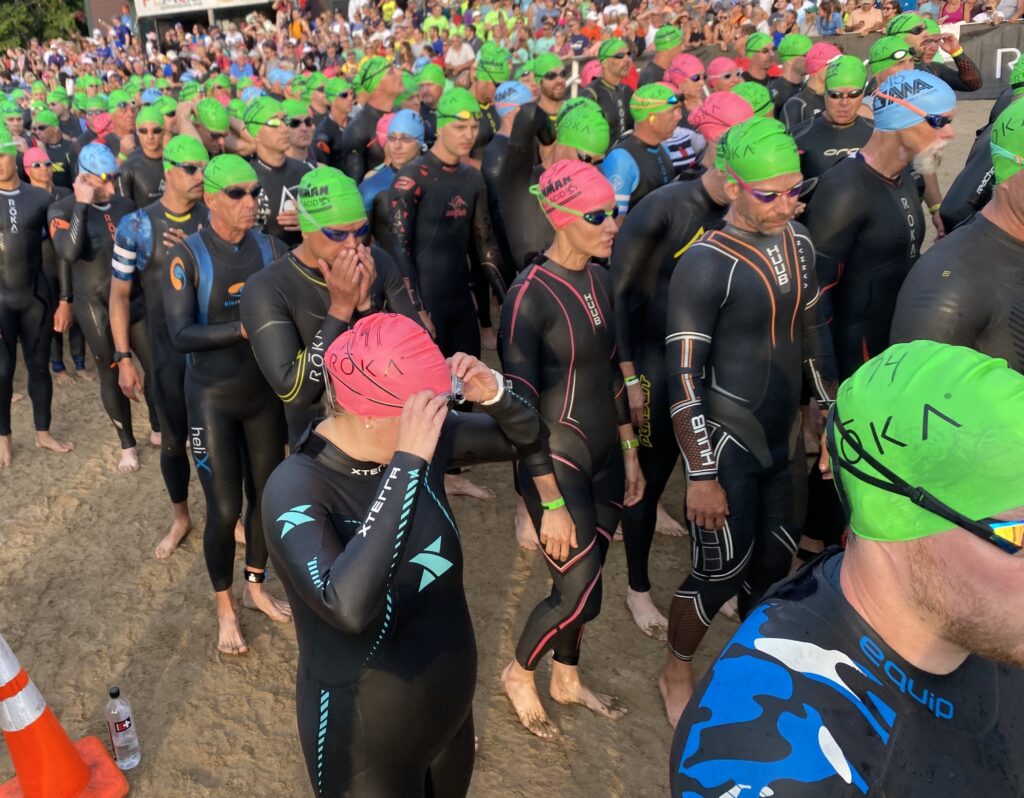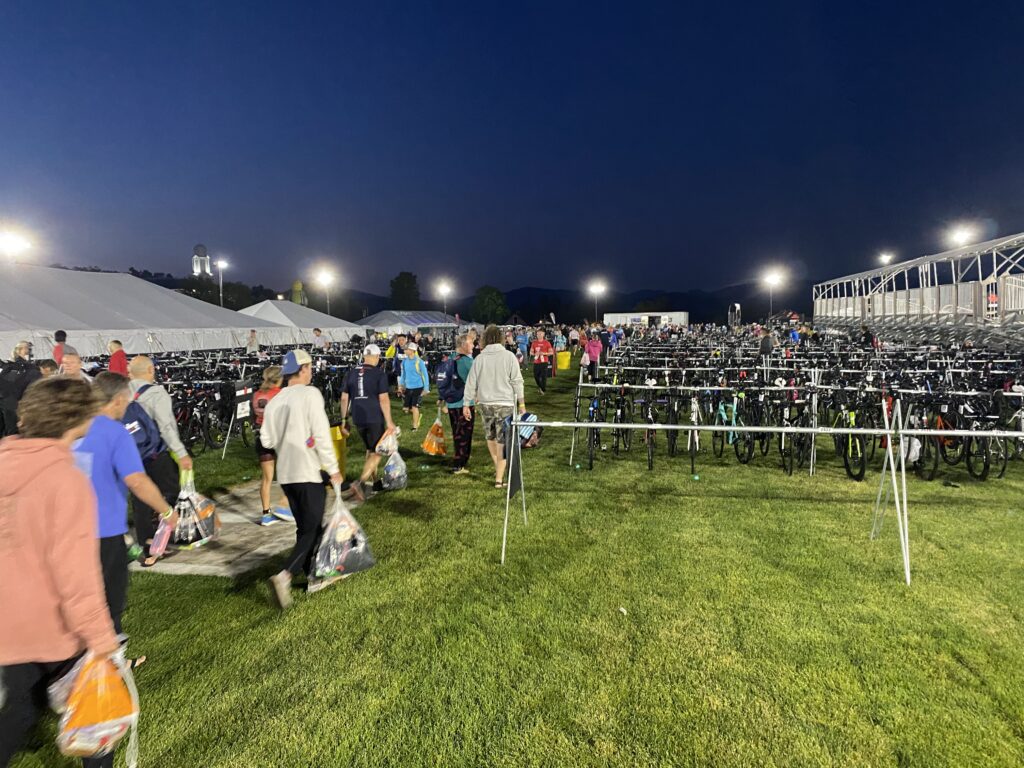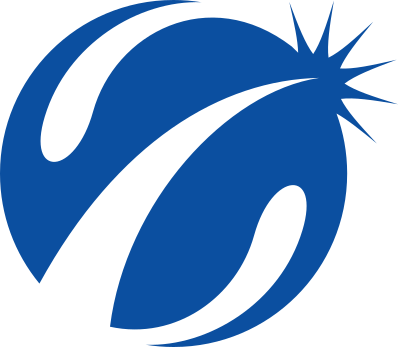Accessing Transition as a Non-Athlete? You’re Now Supposed to Be SafeSport Certified

07/10/2025 Editor’s Note: This story has been updated to reflect USA Triathlon’s response.
USA Triathlon’s latest revision to a key policy for sanctioned events includes a guide that, if followed, would massively expand who is required to take SafeSport training.
SafeSport, the shorthand for the training provided by the U.S. Center for SafeSport, is training required by all U.S. Olympic and Paralympic governing bodies for key stakeholders. This training covers emotional, physical, and sexual abuse and misconduct, and how to report violations.
This training has been required training for USA Triathlon certified officials, race directors, and coaches for many years. Now, though, according to documents provided to Slowtwitch, race directors are now being asked to require SafeSport training for a much larger swath of race weekend staff, volunteers, and others.
The most recently revised USA Triathlon Events Quality Control policy includes a series of requirements for all USAT sanctioned events. According to USA Triathlon’s website, that covers more than 3,000 unique events; this count includes more than just sanctioned races, but also things like club events. The sanctioned race total is somewhere north of 1,000 unique races.
Buried in the definitions section of the quality control policy is the following line about SafeSport:
Completion of SafeSport training is required for individuals in roles with Direct Contact or Direct Authority over athletes in sanctioned events.
Further up in the same document is a definition of Direct Contact or Direct Authority under the policy. Direct Authority is defined as:
The power or responsibility to make decisions or give orders directly to an individual athlete, typically in a one-on-one context, where those decisions or orders significantly impact the athlete’s actions, outcomes, or overall experience in the event.
Direct Contact, on the other hand, is defined as:
Interaction involving physical presence or proximity that is personal, occurring one-on-one or in small groups, where the interaction with athletes is direct and focused, typically in a more prolonged or continuous manner. Due to the concentration of athletes and activities in control areas, it is assumed that anyone with access to these areas will have Direct Contact with athletes.
The problem comes when you define the areas where these interactions take place. These so-called Control Areas are places where (italicized added below):
Direct Contact with athletes or Direct Authority over athletes is implied or inevitable due to the concentration of athletes or nature of the area. Examples include transition areas, changing areas, bathrooms, locker rooms, cool decks, start areas, and staging areas.
Putting it all together, then: if you are someone working an event that has access to transition, the start or pre-race staging area (and, likely, the finish chute, too), according to this document, you are now supposed to get SafeSport certification.

The examples included in the document as people who must receive SafeSport training include volunteers in transition areas; medical staff with access to control areas; and “all other individuals with access to Control Areas.” In theory, that would also mean credentialed media members with access to these control areas, such as this outlet. Or, alternatively, media members would lose inside-the-ropes access to start areas, finish lines, transition, and more.
According to race directors we spoke with, the primary reaction to this section of the document has been with a collective shrug of the shoulders. One cited how closed a public park, the location of many smaller events, could actually be. Another cited the struggle to get volunteers in the first place, and that adding an additional barrier for volunteers to serve would likely only serve as a deterrent.
In response to Slowtwitch, a USA Triathlon spokesperson initially wrote, “We recognize the concerns raised by some race directors regarding how certain SafeSport policies apply within the unique context of triathlon. USA Triathlon, along with other National Governing Bodies, is actively collaborating with the Center to establish future policies that are practical, appropriate, and tailored to our sport’s specific structure and needs.”
Following the publication of the original version of this story, USA Triathlon responded, stating that, “USA Triathlon worked with SafeSport to develop the new Quality Control Policy after it became apparent that certain provisions of these policies did not adequately reflect the unique nature of a multiport event.
For the most part, we’ve instructed race directors that transition areas do not need staff/volunteers to be SafeSport trained as most transition areas are defined as a ‘public space’ where interaction is observable and interruptible. Our teams work directly with race directors to navigate the rules and interpret them to ensure they are complying while not being overly burdensome for the event.”
USA Triathlon also relayed that these changes had been communicated to race directors earlier this spring. However, in documents sent to USA Triathlon sanctioned races in May and June, those documents reflect our prior reporting on the definitions of Control Areas and personnel.
In addition to the location restriction, USA Triathlon has also issued guidance that all racer and volunteer check-in should be cross-matched against their Banned and Suspended Lists. These lists contain those who have received lifetime bans from USA Triathlon, as well as those with temporary suspensions from either the U.S. Center for SafeSport or from USA Triathlon itself. Bans from the U.S. Center for SafeSport can include temporary suspensions due to allegations of misconduct, all the way to permanent bans as a result of criminal investigations into sexual abuse.
The Banned List contains the following names and the date(s) of their lifetime ban from USA Triathlon:
| First Name | Last Name | Suspension Date |
|---|---|---|
| Colin | Andrews-Gibson | January 2018 |
| Bryan | Meyers | March 2018 |
| David | Wolfsmith | July 2018 |
| Todd | Lippin | July 2019 |
| Tom | Brooks | September 2020 |
| Brett | Sutton | June 2021 |
| Allan | Armstrong | July 2021 |
| Adrian | Valdivieso | December 2021 – December 2025 |
| Jamie | Campbell | July 2024 |
| Dan | Bruring | October 2024 |
| Keith | Kotar | June 2025 |
Meanwhile, the following individuals have temporary suspensions from USA Triathlon:
| First Name | Last Name | Suspension Start | Suspension End |
|---|---|---|---|
| Kenneth | Hedicke | May 2025 | n/a |
| Christopher | Woodworth | June 2025 | n/a |
The full list of those either suspended or banned by the U.S. Center for Safesport, regardless of sport, can be found here.
One race producer we spoke to put the total number of race directors who have staff or volunteers checking these lists on race day at zero. Theoretically, these individuals could be blocked off from volunteering via a centralized database to cross-match names against during a registration process. But race day is another story, when most smaller events are providing registration, packet-pickup, and finalizing operations all at the same time.
Tags:
Race DirectorSafeSportUSA TriathlonContinue the discussion at forum.slowtwitch.com
25 more replies




Sounds like something will be extremely ignored, otherwise volunteer numbers which are already in the drink will collapse.
USAT events are now going to be very difficult to put on. I suspect this requirement will be quickly revised
I mean, ultimately, do you need volunteers in transition or start / finish area, or should that be race staff / medical only?
But the idea that medical also needs SafeSport is crazy talk.
Many of the races I’ve been to have body markers inside transition, as well as volunteers to guide racers to the bike out and run out. You could probably move some of those, but lots of PITA for no real gain.
USAT has to know that this isn’t realistic, so either it will be quickly revised; or it exists so that USAT can blame RDs for non-compliance if anything does go wrong.
I’m kinda surprised safesport isn’t a requirement of any national federation membership, these days. Obviously that wouldn’t cover people who just randomly volunteer at a race who aren’t an athlete/coach/official, but would seemingly be an easy case of CYA.
Except…it isn’t. It’s classic waiver syndrome (which is getting kicked in at this point, too).
It is a logistically impossible task that’s been dumped out on race directors for enforcement when, well, it does not contemplate the unique needs of the sport.
Let’s use a full-distance IRONMAN for a hot second, and narrow transition roles down:
1.) Bike area volunteer: no real direct control over the athlete. Everyone’s just moving around and point guarding traffic. No need for that person to be Safesport certified.
2.) change tent volunteer: this is more akin to the bathroom example Safesport uses specifically. These roles probably should be Safesport certified.
To what end? What is the issue or liability or grievance being addressed here?
The US Center for SafeSport is effectively our global sexual / emotional abuse training, which is required of all USOPC signatories (of which USAT is obviously one).
It leads off as a compliance issue. But, as we have seen with certain other federations (perhaps most famously USA Gymnastics), there are instances of perpetual abuse. Which, of course, people going through the Olympic cycle makes sense. It’s also minor abuse prevention – again, makes sense.
Triathlon, on the other hand, is weird, because the vast majority of participants are adults well outside that ball of wax. Yet the same rules all apply – which are being thrust upon RDs, with compliance being asked / measured / enforced, according to the RDs I have spoken with.
I just took over a Jr bike racing team in a non for profit that is geared towards putting kids on bikes and giving them the skills to use those bikes to go places. A part of the reasons the former head coach was let go were numerous potential safe sport violations.
I’m also amazed at the number of parents of former riders who say that’s just the way former head coach was. As you know Ryan, yet others may not, if you talk to enough cocahes you’re going to hear some horror stories.
If you look at the women I’ve coached over the past 15-20 years, nearly half have come to me from some sort of situation where they were either abused by a coach, spouse, partner, training partner etc. There are a lot of shitbags out there, unfortunately.
I’m all for more people being safe sport certified yet this looks to me like a drastic overreach. IMO you don’t need volunteers who are checking people in, working transition etc to be safesport verified. RD’s and their paid staff sure, I can buy that. Volunteers from the local HS or some non profit who are there for 4h? No way.
We are now requiring our volunteers who have direct access to the jr riders to take the Safesport for Volunteers course and pass a background check.
Can you sell me on RD’s and their paid staff being safesport certified? That’s an easy sell. A volunteer from a local HS or non profit that is giving 4h of time to the race? Don’t be dumb USAT.
Yes but that’s what I mean. If it’s logically impossible on the RD, but majority of people who do triathlon volunteer are “in” the sport (federation member). If federation membership requires safesport, wouldn’t that be an easy “fix”. And then then likely 2/3rd of all people your race now requires to be safesport would be covered. While lots of local organizations are picked to volunteer at races, many people are athletes or former athletes etc.
So I’ll say it again I’m shocked all members of all federations aren’t now required to be safesport trained since safesport now encompasses so much beyond “minors” these days.
I would not classify athlete sign-in, bike inspection, counting athletes into the water, finish chute handouts as “Direct Contact” … involving physical presence or proximity that is personal, occurring one-on-one or in small groups
Body marking? OK. We direct you to that bin of sharpies, please make sure you have put your number/age on your arm/leg/calf/forehead whatever. Finish chute? Please see the table to grab your water bottle/finishers medal.
My experience: a whole lot of volunteers have nothing to do with the sport. More often than not family members who are looking for something to do on race day. YMMV.
For sure, I guess my point was more I’m surprised safesport isn’t a requirement for simply being a federation member. Which maybe was just a comment and not really a solution for the RD who now faces these real world issues.
Safesport encompasses so many situations now, more than just the “minors”, I’m just surprised federations haven’t mandated it for all. It wouldn’t solve the RD volunteer but would help atleast know who to get trained up.
This is exactly the kind of nuance and distinction this kind of policy should have.
Not to intersect too far down the corporate legal game, but this is often why larger event producers prefer volunteers from a larger organization (like a church group, etc.). And why technically at IM events you aren’t volunteering for the race, you’re actually volunteering for the Foundation.
Similarly, for skiing, in certain roles with direct contact to junior athletes, we had to be SafeSport certified and pass a background check. Gate judges did not, even though they technically have “direct control” or “direct access” to a closed area.
Sure but that’s 1 million miles away from a volunteer.